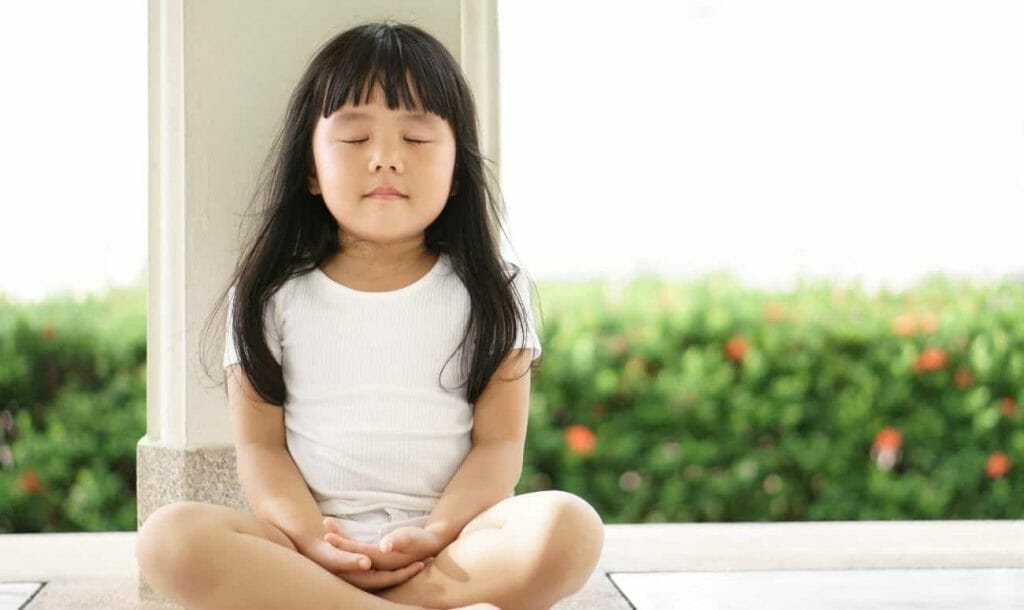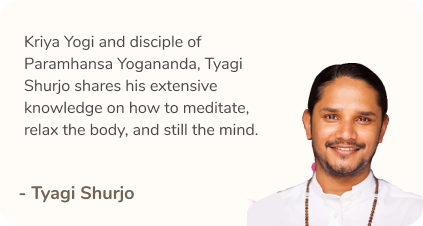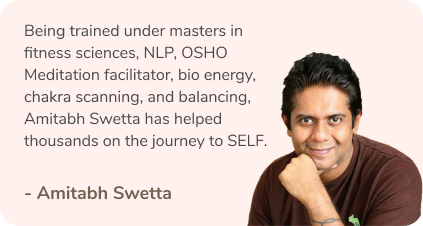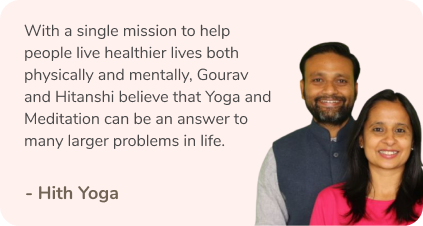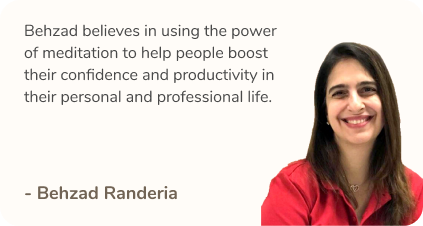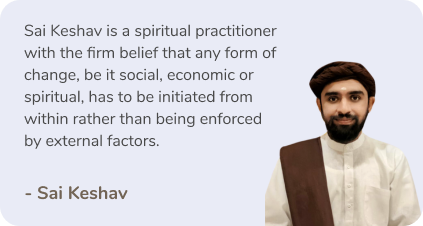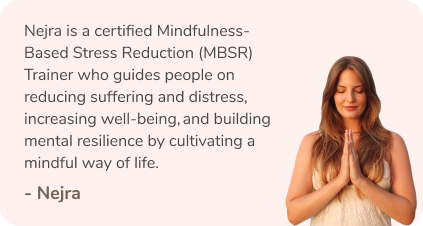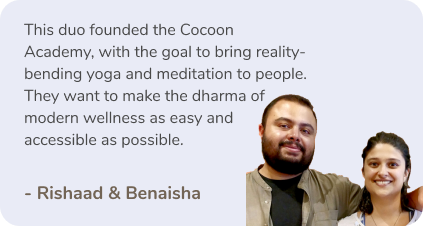As parents, it is our responsibility to teach children the meaning of mindfulness and meditation is the most wonderful way to introduce them to the concept. Meditation for kids can be a better way to discipline. Childhood and teenage years are foundational in our development as we develop our personalities during those years, we form our view of the world, and we understand how we fit into a world that’s larger than us. The skills and tools we learn in our early years have a huge impact on our entire lives, framing our thoughts and perspectives. Therefore, meditation is a great gift to children.
Meditation For Kids Is A Better Way To Discipline
Meditation is something that most of us have picked up later in life but have you ever wondered how we would’ve been if we had started practicing mindfulness at a younger age? Could it have prepared us to manage our overwhelming emotions better? Could it have allowed us to understand societal pressures healthily? Taught us the importance of kindness earlier?
If we go by research, the answer to all these questions is yes. But can you expect a child, who loves to play, spend time with his friends and not sit still for a single second to meditate? The idea of meditation for kids may seem ludicrous at first but let’s give it a thought.
Since childhood and early teens are the formative years, children can achieve mindfulness and practice meditation more easily compared to adults. Instead of employing harsh discipline methods like detention, grounding, etc., teaching your children to focus on their breath and practicing present moment awareness can help build their character and confidence in a better manner.
Teaching young children how to calm their minds at an early age can also help them process their feelings better, be more focused in their studies and increase their memory recall. While these are only a handful of advantages, the positive impact meditation has on our overall wellbeing is substantial.
Let’s Dive Deeper Into How Meditation Can Help Your Child
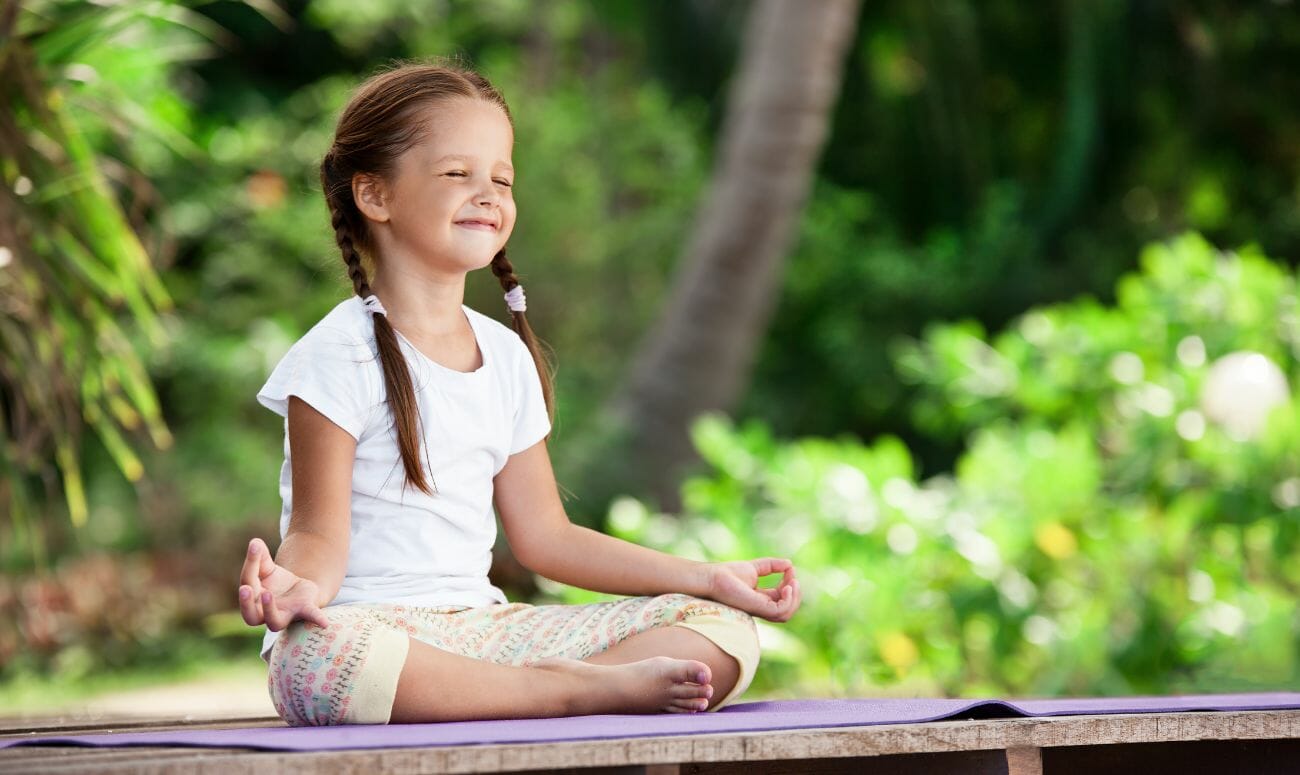
Improves Working Memory
One of the most positive ways meditation can help your child is by improving their working memory capacity. Research has shown that mindfulness-based exercises like meditation can improve cognitive function, especially in developing core academic skills required in literacy or mathematics.
Teaches Metacognition
Meditation can also help develop your kid’s awareness of his own learning and thought process. By understanding how learning strategies actually work and which strategies work best for them, kids can naturally become better students.
Improves Focus
When practiced daily, meditation can train the mind to be less distracted. The act of sitting still and observing one’s thoughts can calm the mind and body and help kids deal with overwhelming situations and stress-inducing events in a focused manner.
Promotes Personal Growth
Kids go through stages of turmoil as they progress from childhood to puberty and then to teenage. The pressures of this development can be heavy on a child. One of the most pivotal benefits of meditation is how positively it impacts personal development. Mindfulness increases calmness, relaxation and self-acceptance, something that adolescents personally struggle with.
Develops Emotional Intelligence
The ability to identify and manage your own emotions is crucial for good emotional well-being. Kids, especially, need to learn this skill early on to be aware of their own emotions as well as those of others around them. This can help them learn important life skills like resilience, empathy, healthy communication, listening and expressing, and humility.
How To Get Your Kid Started With Meditation?
If you’re hoping to teach the art of meditation to your child, then you need to practice it yourself. Kids learn from adults. Their parents are ideal role models who behaviourally teach them how to act and be. Kids also need a guide to walk them through the process as it can get slightly overwhelming at first. They trust you to help them learn using meditation as a tool to target their personal needs and preferences. Believe in your intuition and practice meditation with your child together to build a strong connection between yourselves.
If your kids don’t seem keenly interested in the act of meditation, you can introduce them to different forms of mindfulness such as creating a mindful bedtime routine, eating mindfully, practicing breathing techniques or even teaching them to observe their senses and movements when you’re out for a family walk.
If you’re still unsure, watch this video by well-known guide and mentor, BK Shivani below.
Meditation For Toddlers And Pre-schoolers
Kids at such a young age can benefit from mimicking their caretakers. By inculcating meditation as a family routine, you can normalise the practice early on and help them treat it as a daily norm.
Start by taking deep breaths, ask your child to mimic your actions. Have them sit in a comfortable position, cross-legged or otherwise.
Then, tell them to observe their connection with their bodies. Ask them to watch their belly move as they take a breath in and out.
Keep enforcing why this practice is important for their wellbeing. Tell them the benefits of meditation and why you’ve decided to start them young.
The important part to consider is kids will always be kids. They may wiggle, laugh, scratch their nose or have a hard time sitting still. The key is to teach them with patience and understanding, practicing the technique every day to put emphasis on its importance. Remember, you didn’t learn in a day.
This easy breathing technique can get your toddler started:
- Picture a big balloon of your favourite colour.
- Now breathe in big and deep and visualise the balloon inflating, growing large.
- Then breathe out slowly to remove the air but be careful so the balloon doesn’t pop.
- If you’re experiencing an upsetting emotion, visualise to make the balloon pop.
Meditation For School-age Children
School-age children benefit beautifully from guided imagery. Using apps with recordings on guided meditations or even accessing YouTube can be an easy way for you to start your kids with the practice. While in a guided meditation, encourage your child to form figures with their hands. It could be as small as holding their thumb and ring finger together or simply curling their fingers into gyan mudra. In situations of overwhelm, if your child places his fingers in this position, it can help cue his brain to slow and calm down.
Allow your kids to practice meditation for at least 5 minutes at the start of the day as well as the end of the day. You can also teach them breathing exercises that they can develop into a deeper practice.
Meditation For Teens
Meditation can help drown out the uncontrollable “noise” that we experience, especially in our teen years. Imagine your child going through the same situation, questioning the world, the society and its developing expectations.
Meditation can act as a journey towards their safe place. These safe places can act as a break from judgement, unsolicited opinions and self-questioning. They can help your child feel more supported and respected by themselves.
A wonderful way to lead them into the journey is below. Ask them to:
- Identify your safe place.
- Observe your surroundings. What do you see? What are the textures, colours and objects around you?
- Notice what you feel, does it feel like sand, water, a soft pillow, a hard ball? It could be anything.
- Notice what you smell. Is the smell sweet, savoury or bitter?
Be aware that their to-do list will come up during this exercise. Tell them to acknowledge it without holding judgement and then let it pass with their breath.
Also, please remember that what worked for you may not work so well for your child. Maybe they find mindfulness in different activities. If your child is interested in art, cultivate this interest by teaching them to focus on colouring mandalas. Or if your child loves sports, try practicing yoga or tai chi with them. Join them and support them as you both explore and enjoy different techniques.
Read more: Set Boundaries To Let Go Of Anxiety
Like & Follow ThinkRight.me on Facebook, Instagram, Twitter, and Telegram to stay connected
